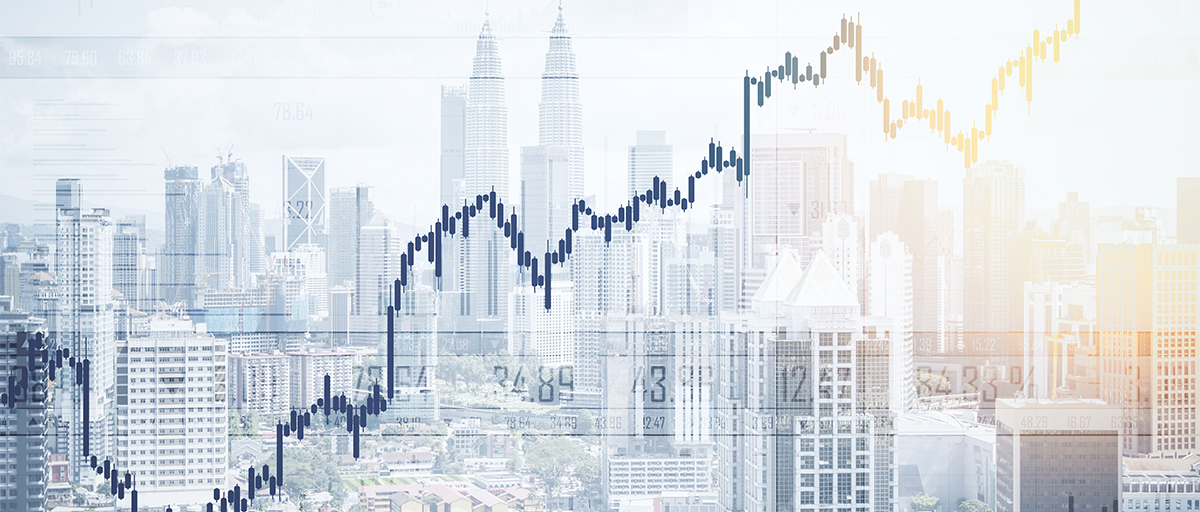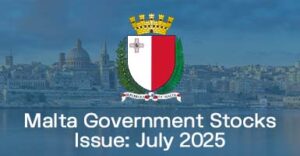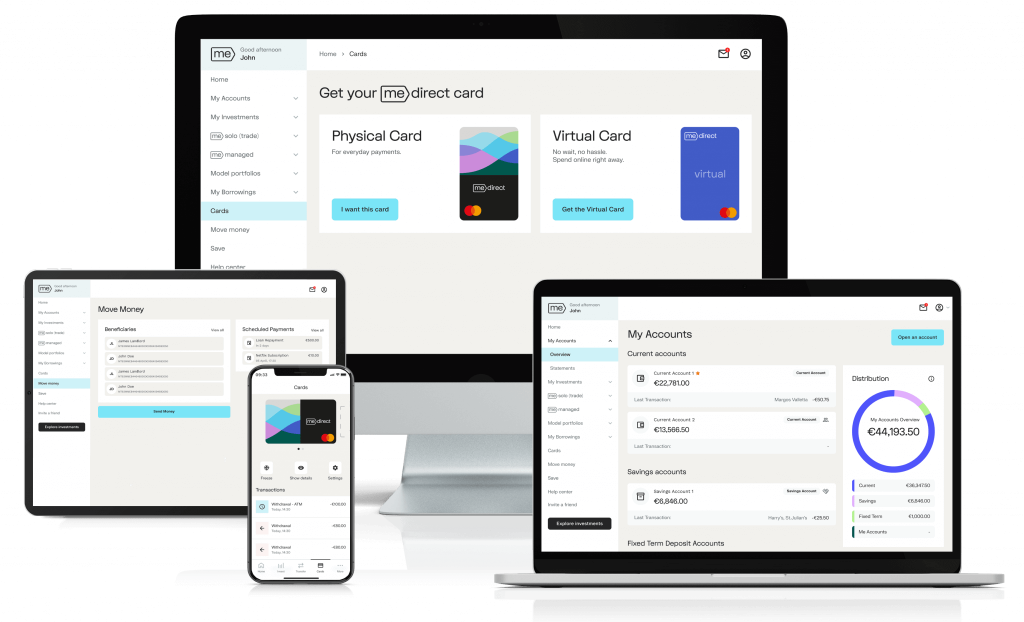Daniel Needham, CFA, is president and chief investment officer for Morningstar’s Investment Management group, a unit of Morningstar, Inc. Investment Management provides retirement, investment advisory, and portfolio management services for financial institutions, plan sponsors, and advisors through investment management entities around the world. Needham also chairs the Global Investment Policy Committee, which oversees the unit’s global investment capabilities, committees, and processes.
Although so much seems different in a COVID-19 world, we’re sticking with the basics as we manage our multi-asset portfolios. Underpriced assets have been shown to outperform overpriced assets, so we study the fundamentals of hundreds of asset classes to find attractively-priced opportunities. We build multi-asset portfolios by favoring those assets we expect to outperform over the long run, balancing opportunity and risk.
Key Takeaways
- Analyzing investment fundamentals leads us to valuations of assets. We seek to buy assets whose prices are lowest relative to their valuations, all else equal.
- Asset valuations allow us to calculate implied returns for assets. In this way, we can compare opportunities across various stock and bond asset classes.
- For investments to grow over time, we seek to hold assets with higher implied return expectations in our portfolios.
What’s an Investment Really Worth?
It’s important to remember that, in the case investing in stocks, ultimately we’re investing in a fraction of a company or group of companies. Bonds may be issued by companies or governments, and are really loans, representing a series of contractual cash flows. In any case, securities like stocks and bonds produce cash flows to the investor—coupons for bonds and dividends and share buybacks for stocks. For stocks, we would expect those cash flows to grow as the underlying business grows due to largely reinvestment back into businesses.
Also, it’s very important to remember that stock prices follow the cash flows that companies deliver over time. We are long-term investors, which here means that to arrive at a value for a security or group of securities like an ETF, we need to estimate cash flows and the rate they might grow over the very long-term, rather than just the next quarter or next year.
Using this information, we estimate the intrinsic value, or what we would pay today to receive all of those cash flows, discounted back to the present using a rate that compensates investors for the uncertainty of the cash flow.
That may sound complicated, but the goal is simple: Estimating the intrinsic value allows us to compare what we think a stock is worth to its price. If we think an investment is worth more than its price, we think eventually the market will recognize this and the price will rise to the fair value or beyond it.
How Can We Compare Unlike Investments?
To compare assets to one another, we calculate another figure, called the expected return implied by our valuations and prices, which we term Valuation-Implied Return. The implied return estimate is the annualized return you would expect if you invested in an asset class and reinvested the cash flow over the next decade, assuming prices end up at our fair value price. Also, we adjust these estimates for inflation, so we would expect the actual annual returns to be higher than our estimates by about 2 percentage points (or the rate of inflation).

These are just estimates based on our research, and in reality, returns can be very different and it helps to think about them as the mid-point in a range of outcomes. One can think about these returns more like handicapping horses—many outcomes are possible, but what do we think about the odds relative to the probability that the horse wins. The odds at the track are a market pricing mechanism prone to the impact of popularity—the more people bet on a horse, the shorter its odds get (i.e., the lower the potential payoff), and vice versa. Imagine a race where a horse has a 20% chance of winning, implying fair odds of 4-1 (1/0.2–1) but it’s actually priced at 2-1 at the track, meaning bettors think it has a 33% chance of winning (1/(2+1)). Maybe the horse is popular because of the name or the less known competitors or a fake tip has been leaked. The favorite might be a great horse, but at those odds it’s priced too highly, so why bet on it? In markets, prices can also act as popularity indicators. All else equal, higher starting prices lead to lower returns and vice versa.
Which Assets Do We Choose for a Portfolio?
Across the assets we invest in, we estimate the potential return for each and also the potential downside risk, and then we can aggregate these risk and return expectations at the portfolio level. For risk we consider how the asset has behaved historically, the cyclicality and certainty of the cash flows, and the starting valuations. Given these things, we consider how much the asset could fall in a bad scenario, such as the average loss in the worst 10% of possible outcomes.
Then we simply seek to invest in assets with the highest expected returns implied by our valuations and the lowest expected downside, recognizing that things can and will deviate from these estimates.

Exhibit 2 shows the 10-year expected returns implied by our valuations across world sectors as of March 31, highlighting how they’ve changed over the last month and last quarter. The red line has increased from the beginning of the year with all red dots higher than the yellow and blue dots; all sectors became more attractive as potential 10-year returns increased, with energy and financials presenting the most attractive valuations, and info tech the least. And this makes sense given the strong price appreciation of IT stocks.

Exhibit 3 is a similar chart but slices equity markets by geography. This shows that the U.K. is the most attractive region and the U.S. is the least.
As you can see, after prices fell sharply in the first quarter the expected returns increased across the board, highlighting how market falls can improve longer-term prospective returns. This is in glaring opposition to how most people respond to falling prices.
Again, some investors might see the energy sector or U.K. stocks as too risky and unattractive, but through our fundamental work on these markets plus their low prices, we’re able to identify higher future returns for these assets than for assets that are viewed as safe and very attractive now, like IT companies. Some of the best potential opportunities come from buying assets that are viewed as too risky or unpopular, that investors view as unattractive, we believe.
For Portfolios, You Are What You Hold
When we combine the most-attractive asset classes into a portfolio, the implied return of the portfolio depends on the implied return of the assets it holds. So when we build portfolios, we try to generate higher returns after accounting for risk than the objective or benchmark we compare ourselves to.
We can’t show you the actual risk and return numbers here, but suffice it to say that’s our goal—to build portfolios with potential to provide better risk-adjusted returns over the long run over benchmark or objective. At present, we are seeing higher expected returns following the market falls.
Markets don’t always play along in the short term—for example, we’ve preferred to invest outside the U.S. in recent years, but the U.S. market has continued to outperform supported by the large-cap growth stocks. Looking ahead, though, we believe eventually markets will reflect valuations and over the long run our portfolios will perform very well. In fact, we are more confident in our ability to outperform after the declines than we were before.
COVID-19 Declines Allowed Us to Improve Our Positions
Prices and valuations are unlikely to diverge from fundamentals over the long-term, as prices follow the cash flows that stocks generate, like dividends and buybacks. So when expected returns get more attractive, we like own more of those investments.
After prices declined due to COVID-19, we adjusted allocations in our portfolios, buying assets we think have more room to rebound—and not just over the next year or so but over the next decade. After the trades we’ve made, our portfolios now have higher implied returns than their benchmarks. We have also seen the potential downside risk come down, as starting prices were lower and valuations more attractive.
We expect this recovery to be similar to many in history, with the more-cyclical, less-popular parts of the markets outperforming over time, while the more-defensive, higher quality, and more-popular parts of the markets trail. We include non-U.S., U.S. small-cap, and global value stocks in this camp.
While the future is always uncertain, we feel the environment is well-suited to long-term valuation-driven investors willing to be different.
You can view the video below:
Morningstar Disclaimers:
Since its original publication, this piece may have been edited to reflect the regulatory requirements of regions outside of the country it was originally published in.
The opinions, information, data, and analyses presented herein do not constitute investment advice; are provided as of the date written; and are subject to change without notice. Every effort has been made to ensure the accuracy of the information provided, but Morningstar makes no warranty, express or implied regarding such information. The information presented herein will be deemed to be superseded by any subsequent versions of this document. Except as otherwise required by law, Morningstar, Inc or its subsidiaries shall not be responsible for any trading decisions, damages or losses resulting from, or related to, the information, data, analyses or opinions or their use. Past performance is not a guide to future returns. The value of investments may go down as well as up and an investor may not get back the amount invested. Reference to any specific security is not a recommendation to buy or sell that security. It is important to note that investments in securities involve risk, including as a result of market and general economic conditions, and will not always be profitable. Indexes are unmanaged and not available for direct investment.
This commentary may contain certain forward-looking statements. We use words such as “expects”, “anticipates”, “believes”, “estimates”, “forecasts”, and similar expressions to identify forward-looking statements. Such forward-looking statements involve known and unknown risks, uncertainties and other factors which may cause the actual results to differ materially and/or substantially from any future results, performance or achievements expressed or implied by those projected in the forward-looking statements for any reason.
The Report and its contents are not directed to, or intended for distribution to or use by, any person or entity who is a citizen or resident of or located in any locality, state, country or other jurisdiction where such distribution, publication, availability or use would be contrary to law or regulation or which would subject Morningstar or its subsidiaries or affiliates to any registration or licensing requirements in such jurisdiction.
MeDirect Disclaimers:
This information has been accurately reproduced, as received from Morningstar, Inc. No information has been omitted which would render the reproduced information inaccurate or misleading. This information is being distributed by MeDirect Bank (Malta) plc to its customers. The information contained in this document is for general information purposes only and is not intended to provide legal or other professional advice nor does it commit MeDirect Bank (Malta) plc to any obligation whatsoever. The information available in this document is not intended to be a suggestion, recommendation or
solicitation to buy, hold or sell, any securities and is not guaranteed as to accuracy or completeness.
The financial instruments discussed in the document may not be suitable for all investors and investors must make their own informed decisions and seek their own advice regarding the appropriateness of investing in financial instruments or implementing strategies discussed herein.
If you invest in this product you may lose some or all of the money you invest. The value of your investment may go down as well as up. A commission or sales fee may be charged at the time of the initial purchase for an investment and may be deducted from the invested amount therefore lowering the size of your investment. Any income you get from this investment may go down as well as up. This product may be affected by changes in currency exchange rate movements thereby affecting your
investment return therefrom. Any decision to invest should always be based upon the details
contained in the Prospectus and Key Investor Information Document (KIID), which may be obtained from MeDirect Bank (Malta)
plc.





